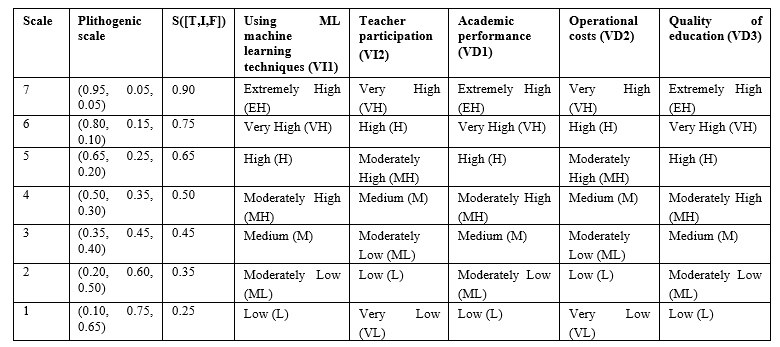Plithogenic Analysis in the Optimization of Educational Technologies
Keywords:
Educational technology, Plithogenic statistics, Teacher participation, Educational qualityAbstract
This study has investigated the impact of machine learning techniques on the prediction of academic performance, with the objective of analyzing their integration into teaching and their effects on educational quality, costs, and effectiveness of teaching strategies. To this end, neutrosophic and plithogenic statistical analyses were applied to evaluate the relationship between the independent and dependent variables. The results have shown that the combination of machine learning techniques with active teaching participation not only improves academic performance but also optimizes costs and raises educational quality. Consequently, it is concluded that the integration of technology and teaching participation is essential for improving academic results. This evidence provides a path for future research and applications in the educational field, by highlighting the need to balance technology and humanization in educational strategies.
Downloads

Downloads
Published
License
Copyright (c) 2024 Neutrosophic Sets and Systems

This work is licensed under a Creative Commons Attribution 4.0 International License.


